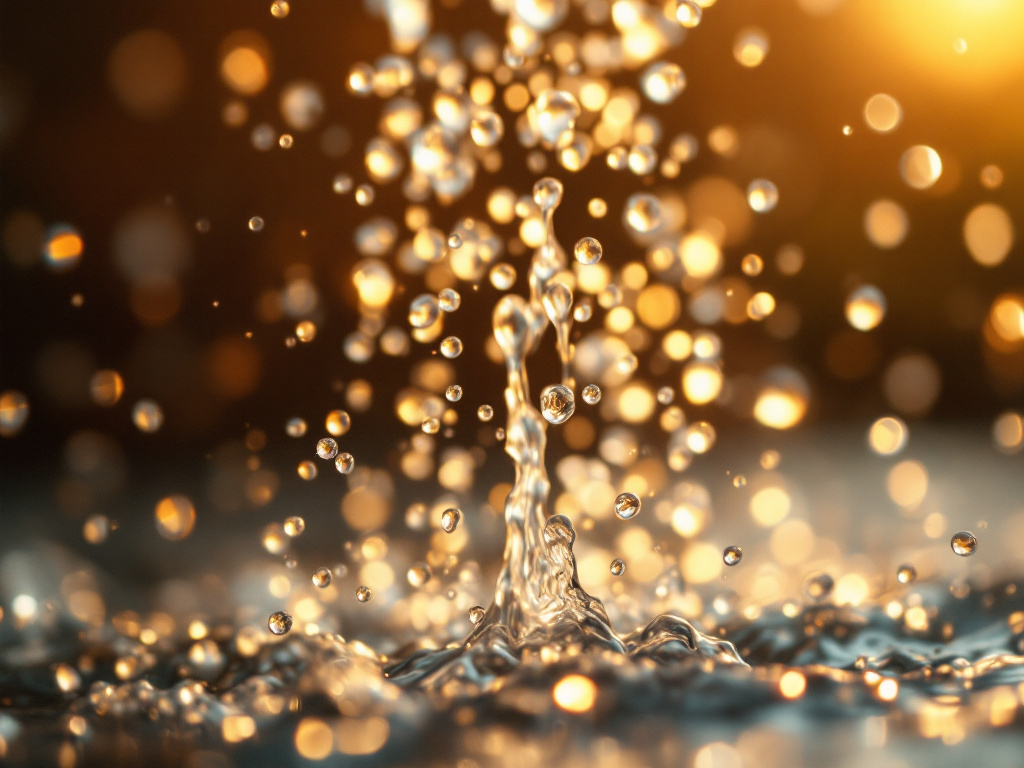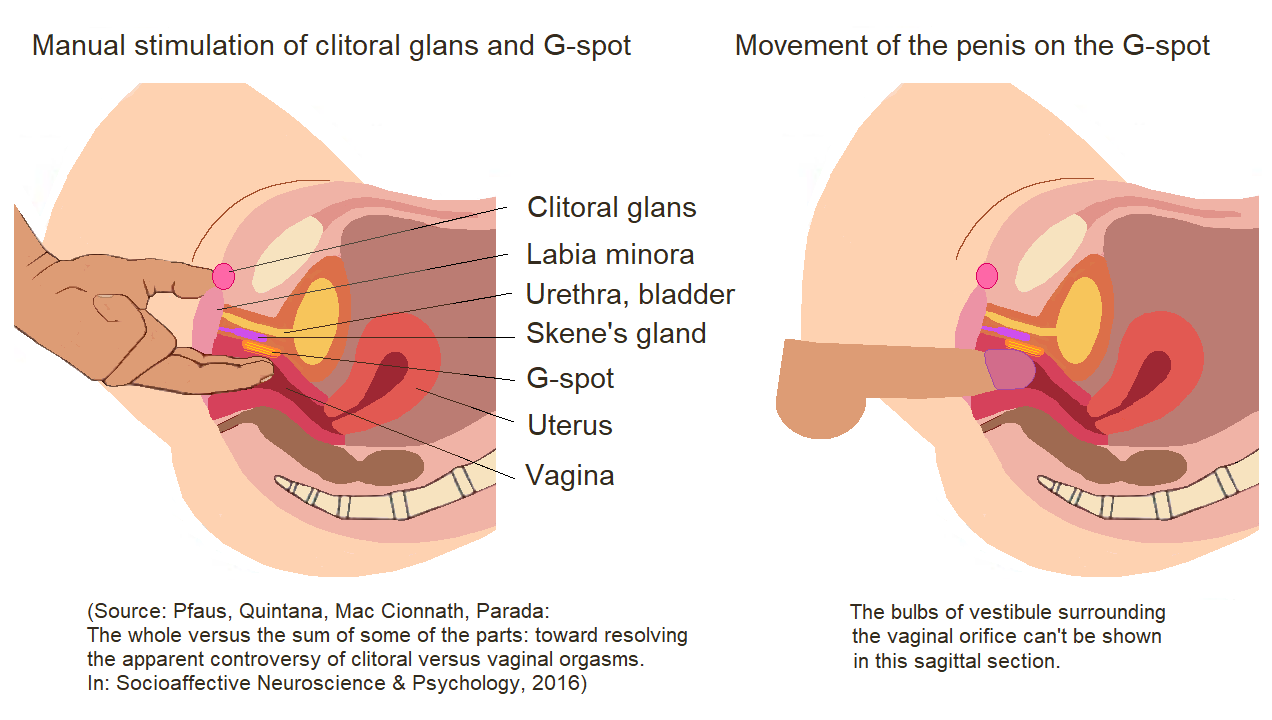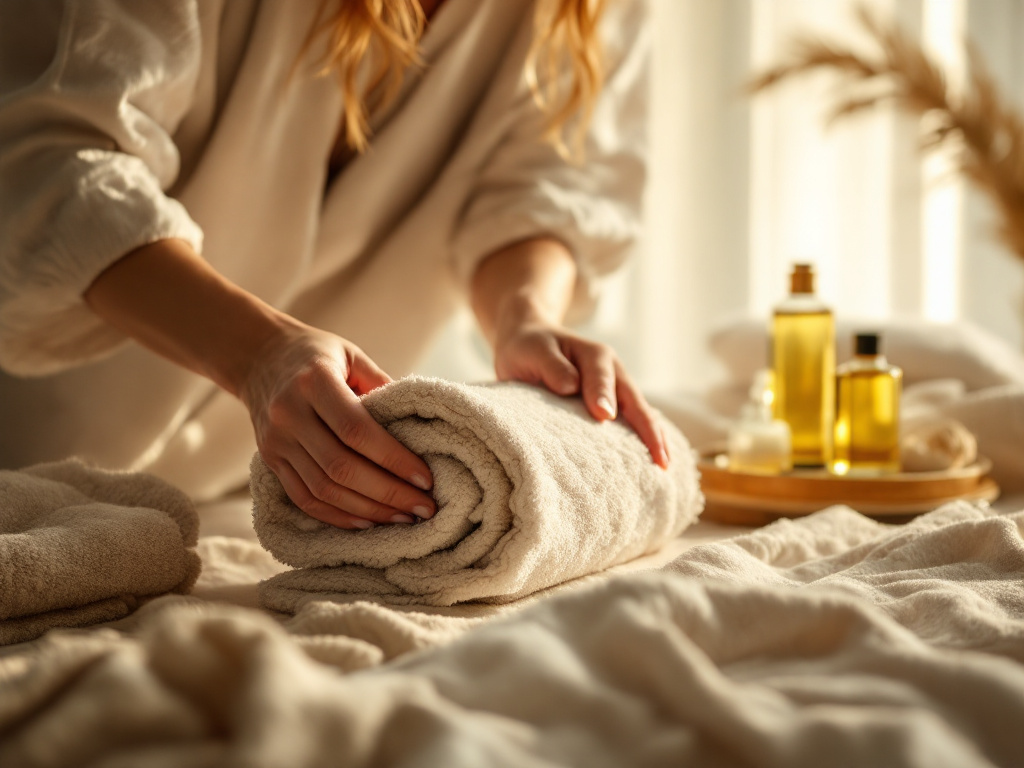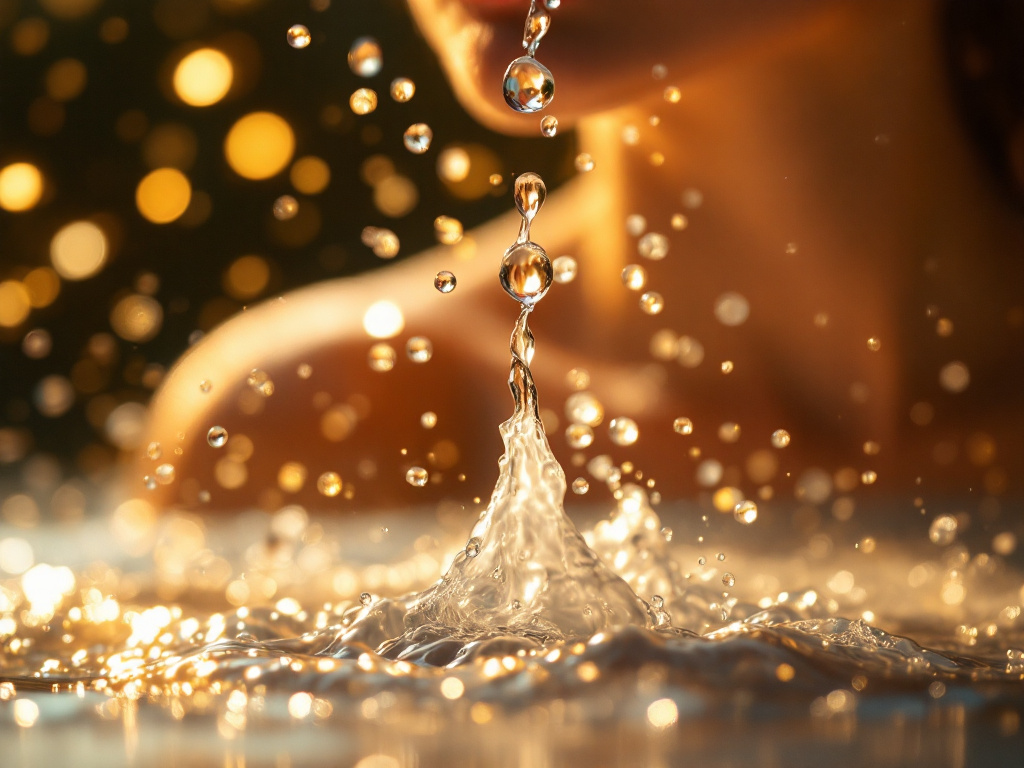
Finding Your Flow: How to Achieve Squirting During Climax
Introduction
Squirting has become a topic of intrigue and curiosity in sexual discussions. Despite its prominence in media and adult content, many still find themselves perplexed by the phenomenon. What exactly is squirting, and how does it differ from other forms of sexual release? Understanding the nature of squirting can be very helpful in demystifying the experiences and expectations surrounding it.
Understanding the Curiosity Around Squirting
Squirting, or female ejaculation, often invokes a wide range of emotions and questions. For some, it’s an enigmatic and alluring concept, while others may find anxiety or pressure associated with it. The surge of interest in squirting can be attributed to its portrayal in pornography, where exaggerated depictions can mislead audiences into believing that every woman can achieve this during sex. Social media and popular culture have further heightened these discussions, leading to a mix of fascination and misunderstanding.
This curiosity not only stems from personal interest but also from societal expectations about women’s sexual pleasure. Many feel that squirting is a requisite for validating sexual satisfaction, which adds pressure rather than enhancing enjoyment. Recognizing these nuances is essential for fostering a healthy understanding of sexual experiences.
The Purpose of the Article
This article aims to provide clear insights into achieving squirting during climax while promoting a stress-free approach to sexual exploration. We will delve into the mechanisms behind squirting, techniques that may facilitate the experience, and the importance of relaxation and communication with a partner. By the end of this piece, you’ll be better equipped to navigate this journey of self-discovery without the weight of unrealistic expectations, embracing the flow of your unique sexual experience.
What is Squirting?

Squirting, often referred to as female ejaculation, is the expulsion of fluid from the urethra at the peak of sexual arousal or orgasm. This phenomenon is surrounded by intrigue and mystery, with many people curious about its nature, source, and mechanics. Understanding squirting involves diving into both its scientific basis and the various misconceptions that accompany it.
Scientific Explanation
From a scientific standpoint, squirting involves the release of fluid produced by the Skene’s glands, which are located near the urethra. These glands are often likened to a female version of the prostate and contribute to the fluid that is expelled during squirting. Research indicates that this fluid may contain a mixture of secretions from the Skene’s glands and possibly some urine, as both fluids exit through the urethra. However, the two are chemically distinct. Studies have shown that the fluid does not have the odor typically associated with urine, suggesting it is not merely a byproduct of peeing. Many people who experience squirting often describe it as a rush of fluid that can vary in amount and intensity, which is a completely natural response that some bodies have during arousal and climax.
Common Misconceptions
Squirting is often misunderstood, leading to several misconceptions that need to be addressed. One prevalent myth is that squirting is synonymous with orgasm, but this is not always true. Many can squirt without reaching climax; others may orgasm without squirting. This individuality emphasizes that everyone’s experiences with arousal and climax can be different.
Another common misunderstanding is that squirting is just urination. While the fluid can contain traces of urine, many reports and studies indicate that it is distinct from regular urine. Additionally, some believe that squirting is an ability only certain women have, which can diminish the experience for those who don’t squirt. It’s essential to recognize that sexual experiences vary widely and do not define one’s sexual performance or satisfaction. Squirting should be viewed as an added layer of pleasure, not a benchmark for sexual success.
Anatomy and Physiology

Understanding how to achieve squirting during climax requires a closer look at female anatomy and physiology. By exploring the female reproductive system, as well as the specific roles of the G-Spot and Skene’s glands, we can gain insight into this intense sexual experience.
The Female Reproductive System
The female reproductive system comprises various structures that play vital roles in sexual function and pleasure. It consists of external structures like the vulva, which includes the clitoris, labia, and vaginal opening, and internal structures, including the vagina, uterus, fallopian tubes, and ovaries. Each of these components interacts intricately during sexual arousal and orgasm.
When a woman becomes sexually excited, blood flow to the pelvic region increases, causing swelling of the clitoris and increased vaginal lubrication. This buildup of blood and fluid forms the foundation for orgasm. During excitement, the muscles around the pelvic floor and vagina may contract rhythmically. If stimulation is focused on specific areas, particularly the G-spot, it can lead to a build-up of sexual tension that sometimes culminates in squirting.
Role of the G-Spot and Skene’s Glands
The G-Spot is an area located on the anterior wall of the vagina, often described as a sensitive zone that can produce heightened sensations when stimulated. Named after Dr. Ernst Grafenberg, who first described it, the G-Spot is thought to be an extension of the internal clitoral network, which envelopes the vaginal canal.
Stimulating the G-Spot can lead to intense orgasms for some women. This is where the Skene’s glands, sometimes referred to as the female prostate, come into play. Located near the urethra, Skene’s glands secrete a fluid that contributes to female ejaculation. Research indicates that the fluid expelled during squirting may contain a mix of secretions from these glands and urine, which further complicates the understanding of squirting.
When women achieve orgasm while stimulating the G-Spot, this can lead to contractions of the pelvic floor and suppression of the sphincters, resulting in the expulsion of fluid—often referred to as squirting. Recognizing these anatomical components and their functions can help demystify the process, making it easier for individuals to explore squirting during sexual encounters.
Psychological Factors

When it comes to achieving squirting during climax, the psychological aspect can be just as crucial as physical stimulation. A relaxed mindset, free from distractions and self-doubt, can create a conducive environment for experiencing powerful orgasms, including squirting. Understanding and addressing psychological factors can enhance not only the likelihood of squirting but also the overall pleasure one experiences.
Importance of Relaxation and Mindset
Relaxation is key to unlocking your body’s full potential when it comes to sexual pleasure. The brain plays an essential role in arousal, so it’s important to cultivate a positive mental environment. Techniques such as deep breathing, guided visualization, or even a warm bath before intimate moments can help center your thoughts and promote relaxation. Creating a safe and comfortable space is also fundamental; consider dimming the lights, playing soothing music, or even lighting candles to enhance the atmosphere.
Additionally, setting an intimate tone with your partner can boost feelings of safety and comfort. When both partners feel at ease, it allows for more open communication about desires and preferences. This kind of supportive environment fosters a deeper connection, which can facilitate a more profound mental state that aids in relaxation and opens the door to new experiences, including squirting.
Overcoming Anxiety and Performance Pressure
Performance anxiety can kill the joy of exploration and exploration during intimate moments, particularly when it comes to squirting. Many individuals feel pressure to achieve specific outcomes or compare themselves to images they’ve seen in media or porn, leading to stress rather than enjoyment. Acknowledging this anxiety is the first step towards overcoming it. Instead of focusing on the need to squirt, try approaching the experience from a place of curiosity.
Engaging in self-exploration without the expectation of a particular outcome is a great way to ease pressure. Use this time to learn what feels pleasurable for you. Communicating openly with your partner about your needs can also alleviate anxiety, as knowing you have their support can create a more relaxed atmosphere. Remember that sexual pleasure is unique to each person, and enjoying the journey, rather than fixating on the destination, will enhance your experience and may encourage spontaneous squirting along the way.
Preparing for Squirting

Achieving a squirting orgasm can be a thrilling experience, but preparation is key to enhancing your chances. A comfortable setting, proper hydration, and the right tools can create an ideal scenario for squirting. Below, we’ll explore how to set the stage for your sexual adventure.
Setting the Right Environment
Creating an inviting atmosphere is vital for relaxation and pleasure. Find a spot where you feel safe and uninhibited—this could be your bedroom or another private location. Dim the lights to set a cozy mood or light some candles to add warmth and intimacy. Consider using soft music to help set a calming tone, allowing you to focus on your body and sensations without distraction. Inform your partner about your intentions, ensuring they understand the importance of communication and comfort during this exploration. Feeling relaxed can significantly impact your ability to let go and enjoy the experience.
Hydration and Its Role
Discussing hydration might seem straightforward, but it’s critically important for squirting. Drinking water before engaging in sexual activity can increase the likelihood of squirting. When well-hydrated, your body can produce more fluid, making it more likely that you’ll experience a squirting orgasm. Aim to drink water throughout the day leading up to your intimate time, ensuring you’re in prime condition to explore. However, be mindful not to overhydrate right before play, as discomfort can detract from your experience. Listen to your body and find that happy balance.
Toys and Techniques to Consider
Using the right toys and techniques can elevate your squirting journey significantly. G-spot stimulators, such as curved dildos or vibrators, can apply targeted pressure that many consider essential for achieving squirting. Experimenting with a combination of clitoral stimulation along with G-spot pressure can be a game-changer. Consider incorporating sex toys that are specifically designed for squirting, as their design often maximizes pleasure while facilitating the process. Additionally, your partner’s fingers can work wonders. The “come hither” motion can provide the perfect stimulation to the G-spot. Remember, it’s all about feeling what works best for your body and enjoying the exploration.
Techniques to Achieve Squirting

Achieving squirting during climax can feel elusive for many, but with the right techniques and a bit of patience, it’s possible to find your flow. By focusing on stimulation, relaxation, and exploration, you can enhance your chances of experiencing this unique form of release. Below, we explore three key techniques that may help you on your journey to squirting.
G-Spot Stimulation
G-spot stimulation plays a pivotal role in many squirting experiences. This area, located about one to two inches inside the vagina on the belly-button side, can feel spongy or rough to the touch. To find it, use one or two fingers and adopt a “come hither” motion, pressing firmly against the G-spot. Many women find that sustained, rhythmic pressure not only intensifies pleasure but also builds up the sensation that squirt is on the horizon.
Proper positioning can enhance G-spot stimulation. Lying on your back with your hips elevated using a pillow can facilitate deeper access. Experiment with different angles or sex toys designed to target the G-spot directly; curved or ridged toys may bring additional stimulation that helps you on your path to squirting.
Exploring Clitoral Stimulation
While G-spot stimulation is significant, many women find that clitoral stimulation is equally important. The clitoris has approximately 8,000 nerve endings, making it incredibly sensitive and responsive to touch. Incorporating clitoral stimulation alongside G-spot techniques can enhance overall arousal and increase the likelihood of squirting.
You can explore clitoral stimulation using your fingers or a vibrator. Gently rubbing or pulsating against the clitoris while focusing on the G-spot can create a pleasurable tension that builds up to a powerful climax. It’s essential to communicate with your partner about what feels best, as everyone’s preferences vary greatly.
Combining Different Methods
The most effective approach to squirting often involves combining different stimulation methods. For instance, some women may find success by alternating between G-spot and clitoral stimulation during the same session. This variation can create a more intense build-up, leading to the ultimate release.
Don’t shy away from experimenting with positions and techniques, as each person is unique. You might try lying on your stomach with your legs elevated or using a strap-on to stimulate both the G-spot and clitoris simultaneously. Using both internal and external methods helps create a fuller, more satisfying experience that can enhance your chances of squirting.
In conclusion, finding the right combination of techniques requires practice and mindfulness. Be patient with yourself as you explore these methods, and remember that every body is different. The journey to squirting can be just as fulfilling as the destination itself.
Partner Involvement

Achieving squirting during climax can be a shared experience that necessitates not only physical techniques but also emotional support and understanding between partners. This section delves into the vital roles that communication and trust play, as well as practical techniques partners can employ to facilitate this intimate experience.
Communication and Trust
Effective communication is the cornerstone of any intimate relationship, and it becomes even more crucial when navigating the journey to squirting. Partners need to establish open lines of dialogue about desires, boundaries, and comfort levels. Discussing preferences before engaging in sexual activities can help create a relaxed atmosphere, making it easier to explore new sensations.
For instance, partners might ask questions like, “What feels good for you?” or “Are you comfortable with me trying X technique?” This kind of dialogue fosters trust and reassures both parties that their needs will be prioritized. Additionally, through verbal and non-verbal cues during the act, both partners can better gauge what is pleasurable. Encouraging feedback throughout the experience ensures that everyone feels safe and respected, ultimately leading to a more fulfilling sexual encounter.
Techniques for Partners to Help
Once trust and communication are established, partners can utilize various techniques to aid in achieving squirting. One effective method is to focus on G-spot stimulation, which can be done with fingers or a specially designed sex toy. To locate the G-spot, the partner can insert one or two fingers approximately two to three inches inside the vaginal canal, angling towards the belly button and using a “come hither” motion to apply consistent pressure.
Another technique involves combining G-spot stimulation with clitoral stimulation, as this can enhance arousal and facilitate squirting. Partners can use their fingers to stimulate both areas simultaneously, or incorporate a vibrator on the clitoris while targeting the G-spot. Additionally, maintaining a steady rhythm and varying pressure can increase intensity, helping the person with the vulva to build towards climax.
Overall, the key to success lies in patience and encouragement, as each journey to squirting is unique. By actively engaging in these techniques, partners can create a supportive environment that promotes exploration and pleasure, leading to heightened satisfaction for both.
Addressing Common Concerns

When exploring squirting, many people find themselves grappling with various concerns that can create anxiety or discomfort. Two of the most common worries are whether squirting is urine and how to handle the potential mess. Let’s address these concerns.
Is It Urine or Something Else?
One of the most frequently asked questions surrounding squirting is whether the fluid expelled during female ejaculation is actually urine. While it’s understandable why this concern arises—both fluids are expelled from the urethra—scientific evidence suggests they are distinct. Studies have shown that female ejaculation involves fluids released from the Skene’s glands, also known as the female prostate, which can be chemically different from urine.
Though some studies have indicated that squirting fluid can contain trace amounts of urine, many who have experienced squirting affirm that it does not smell like urine and feels different during the experience. The key takeaway? Squirting is a natural phenomenon and can include various fluids—not simply urine. However, if someone is particularly concerned, open communication with partners and self-exploration can help clarify personal experiences.
Managing the Mess
The potential for a mess can be a significant concern when it comes to squirting, but with a little preparation, it doesn’t have to detract from the experience. Planning ahead can make a world of difference. Consider using towels, waterproof sheets, or even disposable puppy pads to protect your bedding and make cleanup easier.
Additionally, setting the scene can alleviate stress. Creating a comfortable and relaxed atmosphere—think cozy lighting or relaxing music—can help reduce tension and make the experience more enjoyable. If you and your partner are at ease, the potential mess may feel less daunting. Remember, squirting is a natural bodily response, and focusing on pleasure rather than perfection can lead to a more fulfilling experience.
Conclusion
Achieving squirting during climax can be an empowering experience for many, but it’s essential to recognize that not everyone will have the same outcome. It’s a fluid journey—pun intended—that varies widely from person to person. Understanding your own body and its responses plays a crucial role in this exploration. Whether you find yourself gushing or remaining dry during orgasms, embracing your own experience is what matters most.
Embracing Individual Experiences
Everyone’s body is unique, and so is their way of experiencing pleasure. Some individuals may naturally squirt, while others might not be able to achieve this. This variability is normal and is part of what makes sexual experiences diverse and personal. Instead of measuring your sexual fulfillment against the ability to squirt, focus on what feels good for you. Finding joy in your unique journey towards sexual pleasure can lead to deeper satisfaction in intimate moments, whether or not they include squirting.
Encouragement to Explore and Experiment
Exploring your body can be a fun and rewarding adventure. Don’t hesitate to experiment with different techniques, positions, or forms of stimulation that make you feel comfortable and aroused. Open communication with partners can enhance these experiences; share your desires and encourage them to do the same. The goal is not to achieve a specific outcome but to foster a joyful and pleasurable exploration of your sexuality. Remember, squirting is just one of many ways to experience pleasure, so enjoy the ride and embrace the myriad sensations along the way!